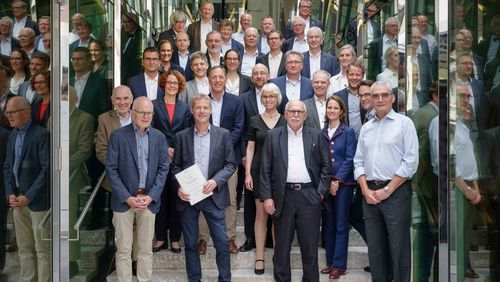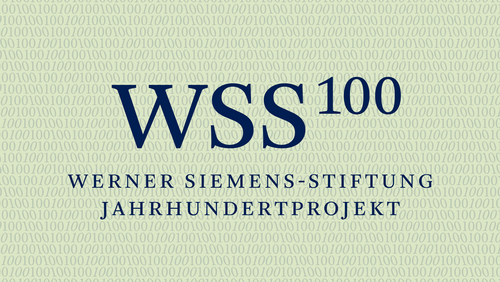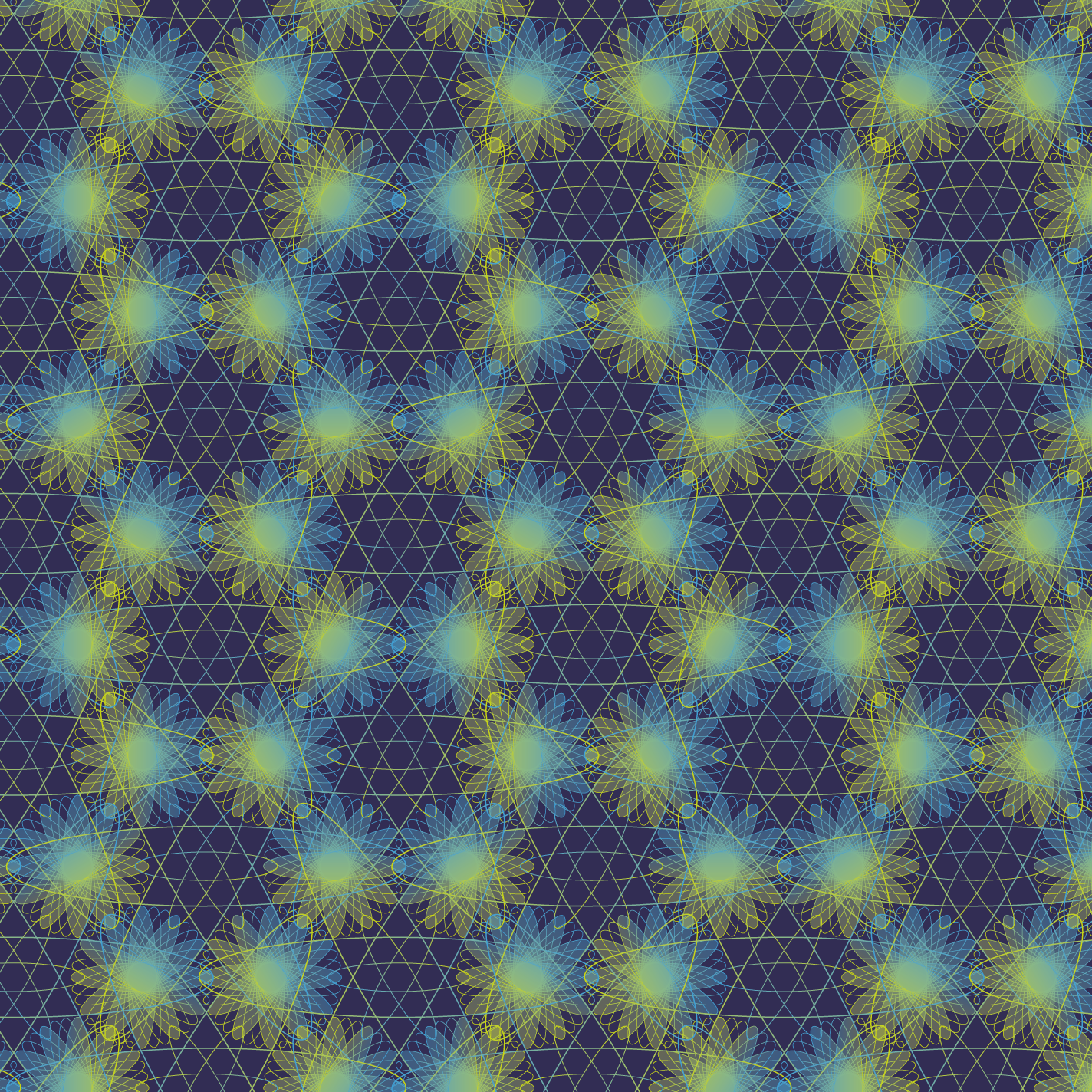
Molecular quantum systems
Quantum computers are often called the Holy Grail of IT. Now, in a new quest to lay a solid foundation for the technology, scientists at the WSS Research Center for Molecular Quantum Systems (MolQ) at the universities of Basel and Bern are integrating the tools of chemistry and physics, theory and experiment, to generate stable, high-performance superconducting quantum states.
Although various approaches to developing quantum computers have been explored for some time, the big breakthrough remains elusive. At the WSS Research Center for Molecular Quantum Systems (MolQ) researchers are now pursuing an innovative and promising new strategy for building stable, energy efficient qubits.
Scientists at MolQ are aiming to place so-called topologically protected quantum units on superconducting materials. Superconducting materials enable electricity to flow with no resistance, and topological material states are given when the complex structures of a material prevent external influences—deformations or defects—from changing the material’s basic properties.
In a first step, chemists at the University of Bern fabricate novel molecules capable of acquiring single electrons. Afterwards, physicists in Basel will fuse these molecules to a superconducting substrate, where each new molecule acquires an additional electron—and with it a magnetic moment. When the molecules are arranged in a certain way, their charges and magnetic moments generate what are called “superconducting edge currents”: an electric charge flows loss-free on the edge currents around the molecular islands. These edge currents can be used to store information, or—put differently—they function as novel qubits.
The advantages of the envisioned molecular quantum systems are far-reaching: for instance, they’re so small that there’s room for an enormous quantity on even the tiniest quantum chip. In addition, quantum computers based on superconducting technology consume significantly less energy. And importantly, topological protection ensures that the quantum states can be maintained up to one thousand times longer than with conventional methods—enabling the system to perform many more operations before an error occurs.
Facts and figures
Project leaders
Prof. Dr Ernst Meyer, Department of Physics, University of Basel
Prof. Dr Dominik Zumbühl, Department of Physics, University of Basel
Partners
Experimental physics:
Prof. Dr Ernst Meyer, Prof. Dr Dominik Zumbühl, Department of Physics, University of Basel
Theoretical physics:
Prof. Dr Jelena Klinovaja, Prof. Dr Daniel Loss, Department of Physics, University of Basel
Synthetic chemistry:
PD Dr Shi-Xia Liu, Prof. Dr Silvio Decurtins, Department of Chemistry, Biochemistry and Pharmaceutical Sciences, University of Bern
Theoretical chemistry:
Prof. Dr Ulrich Aschauer, Department of Chemistry and Physics of Materials, University of Salzburg
Project
Interdisciplinary teams at the WSS Research Center for Molecular Quantum Systems (MolQ) at the universities of Basel and Bern are laying the foundation for the quantum computers of tomorrow. In their novel approach, the researchers are integrating the tools of chemistry and physics to develop high-performance superconducting quantum states that are stable and energy efficient.
Funding from the Werner Siemens Foundation
15 million Swiss francs
Project duration
2025 to 2035




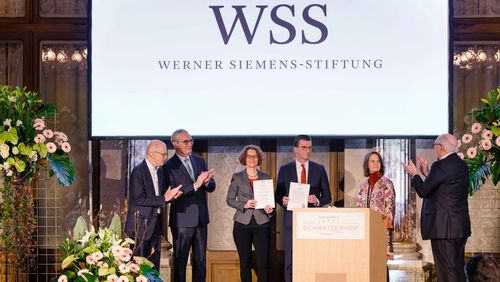
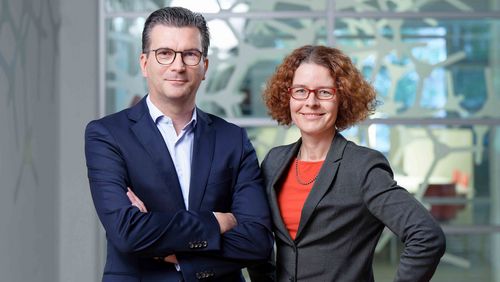
![[Translate to English:] [Translate to English:]](/fileadmin/_processed_/8/d/csm_01-WSS100-Muenchen_a4e2ba3a7f.jpg)
![[Translate to English:] [Translate to English:]](/fileadmin/_processed_/0/7/csm_01-WSS100-Zuerich_20aa6e51dd.jpg)
![[Translate to English:] [Translate to English:]](/fileadmin/_processed_/5/e/csm_01-WSS100-Aachen_c843f6f8ae.jpg)
![[Translate to English:] [Translate to English:]](/fileadmin/_processed_/8/e/csm_01-WSS100-Berlin_8becb34d03.jpg)
![[Translate to English:] [Translate to English:]](/fileadmin/_processed_/3/5/csm_01-WSS100-Freiburg_8ff515d64a.jpg)
![[Translate to English:] [Translate to English:]](/fileadmin/_processed_/e/3/csm_01-WSS100-Goettingen_f4c6bb4b9f.jpg)
